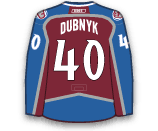Little has just one assist in five games since returning to the lineup on March 31st and will sit out because he could be little banged up still. With the Jets securely into the playoffs, they have the luxury to sit players like Little.
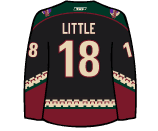
Little has just one assist in five games since returning to the lineup on March 31st and will sit out because he could be little banged up still. With the Jets securely into the playoffs, they have the luxury to sit players like Little.

Ladd would have had the chance to play every game this season, but he will be given the afternoon off with the Jets locked into the playoffs.

Jones, like many other Flames players, will take a seat on Saturday to get the fresh for the postseason.

Paliotta, 21, makes his NHL debut after coming over from the University of Vermont, where he has nine goals and 27 assists (36 points) in 41 games this season. He is expected to replace David Rundblad in the lineup.

Monahan played in all 81 games leading up to today, but will be held out of the lineup this afternoon. After scoring 22 goals in his rookie season Monahan followed it up with 31 goals and 31 assists (62 points) this year.

Hudler, who has been red-hot recently will finish the year with 31 goals and 45 assists in 78 games. It is by far the best season of his career and he will look to build off of it in the playoffs.
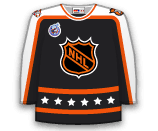
Brodie could have had a chance to play in all 82 games, but will not get that chance as he will be held out for rest. He finishes with 11 goals and 30 assists (41 points) in 81 games this season.

Wideman has only missed one other game this season, but will be held to just 80 games on the season as he misses this afternoon’s game for rest before the playoffs.

Russell, who missed just two games all season, will miss his third game this afternoon as he gets held out for rest before the playoffs.

Kulak, 21, was a fourth round pick (105th overall) in 2012. The 6-foot-1, 185 lbs. defenseman had nine points (4G / 5A) in 22 games with Adirondack after starting the season in the ECHL. Kulak is expected to make his NHL debut on the Flames third pair with John Ramage as his partner.

After missing the start of the season because of shoulder surgery, Bennett, 18, went back to the OHL where he tallied 11 goals and 13 assists (24 points) in 11 games with Kingston. He is expected to make his debut on a line with David Wolf and Drew Shore.

While a number of Red Wings are being given the night off for rest reasons, it is believed that Smith will be a legitimate healthy scratch after taking a dumb penalty in Thursday’s OT loss to the Canadiens. Alexey Marchenko will replace Smith.

Kronwall has only missed one game this season, but he will miss his second game of the season tonight to get some rest prior to the playoffs. Kronwall finishes the year with his third highest point total having scored nine goals and 35 assists (44 points) in 80 games.
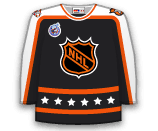
The Red Wings will give their 34-year-old captain the night off tonight in Carolina. With the playoffs locked up the Wings have earned the luxury to rest their important players. Zetterberg finishes the season with 17 goals and 49 assists (66 points) in 77 games this season.

Datsyuk, who has been hampered by a lower-body injury will be held out of the lineup during the season finale on Saturday. He has two goals and three assists in his last three games and should be ready to go for game 1.

Seguin showed up late for a practice on Friday and will be a healthy scratch on Saturday as a result. Seguin will finish the season with 37 goals and 40 assists (77 points) in 71 games.

Byfuglien has finished serving his four-game suspension and is expected to be in the lineup on Saturday vs. the Flames. While a lot of players will be getting the night off across the league, the Jets will want to get Byfuglien back into the lineup to get him back up to speed before the playoffs.
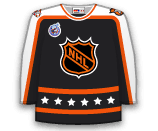
Clutterbuck served as a healthy scratch on Tuesday, but he will get back into the lineup tonight in Pittsburgh. Clutterbuck has 15 points (7G / 8A) in 74 games this season, but that is not where his value lies—he is second in the NHL with 328 hits this season.
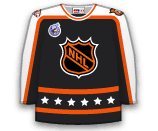
Parise is reportedly dealing with a “nagging injury” but this looks like resting your star players for the playoff-bound Wild. Parise has 32 goals and 29 assists (61 points) in 73 games this season.
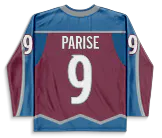
With Dubnyk not starting, the Wild feel it will be best to give him the night completely off and have Nicklas Backstrom dress as Darcy Kuemper’s backup tonight in Nashville. There is a chance that he plays on Saturday in St. Louis to keep him sharp going into the postseason.
